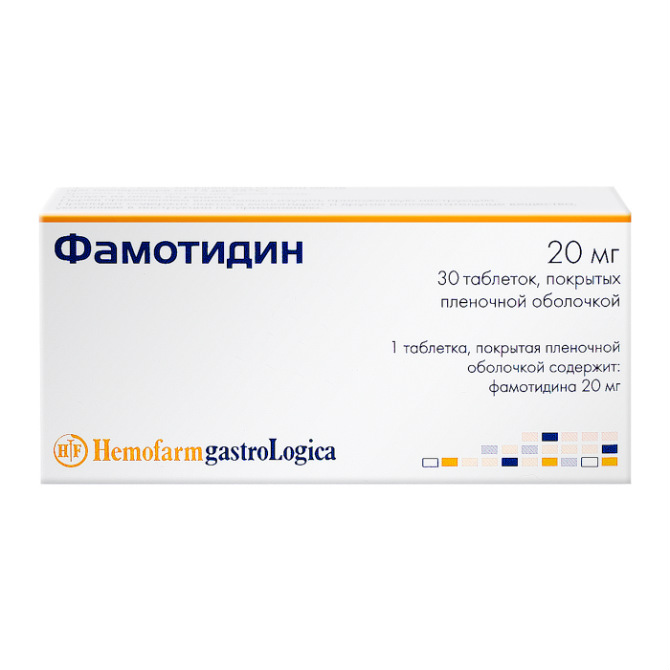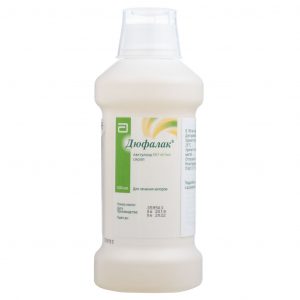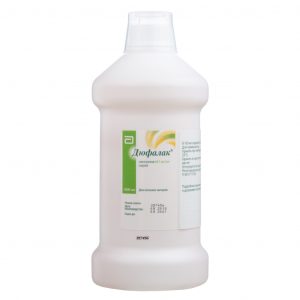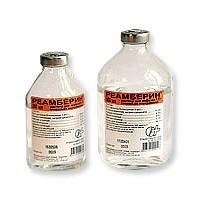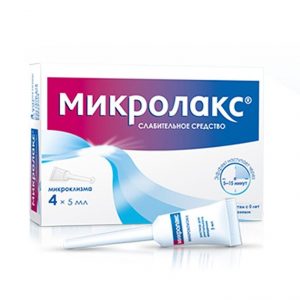Description
Latin name
Famotidine
release tablets coated tablets
Packing
30 pcs
Pharmacological action
Famotidine has an antiulcer effect. Blocker of H2-histamine receptors of the III generation. Suppresses basal and stimulated by histamine, gastrin and acetylcholine production of hydrochloric acid. Reduces pepsin activity. It enhances the protective mechanisms of the gastric mucosa, promotes the healing of damage associated with the action of hydrochloric acid (including scarring of stress ulcers) and the cessation of gastrointestinal bleeding by increasing the formation of gastric mucus, its glycoproteins, and stimulating the secretion of bicarbonate by the gastric mucosa, endogenous synthesis of prostaglandins in it and the rate of regeneration. Does not significantly change the level of gastrin in plasma. Weakly inhibits the oxidase system of cytochrome P450 in the liver.
After oral administration, the action begins after 1 hour, reaches a maximum within 3 hours. The duration of the drug with a single dose depends on the dose and ranges from 12 to 24 hours.
Pharmacokinetics of
After oral administration, it is rapidly absorbed from the gastrointestinal tract, the maximum plasma concentration is reached within 1-3.5 hours. Bioavailability – 40-45%, increases when taken with food and decreases with antacids. Communication with plasma proteins – 15-20%.
30-35% of famotidine is metabolized in the liver (with the formation of S-oxide). It penetrates into the cerebrospinal fluid, through the placental barrier, excreted in breast milk.
Elimination mainly occurs through the kidneys: 27-40% of the drug is excreted unchanged in the urine. The elimination half-life is 2.5-4 hours, in patients with creatinine clearance below 30 ml per minute, it increases to 10-12 hours. In patients with severe renal failure (creatinine clearance below 10 ml / min), the elimination half-life increases to 20 hours.
Indications
Peptic ulcer and duodenal ulcer (including prevention of exacerbations)
symptomatic ulcers, erosive and reflux esophagitis
Zollinger-Ellison syndrome.
Contraindications
Hypersensitivity, pregnancy, lactation.
Use during pregnancy and lactation
Contraindicated.
Composition
1 tablet contains:
Active ingredient: famotidine 20 mg
Excipients: corn starch, microcrystalline cellulose, silicon dioxide, talc, magnesium stearate, croscarmellose sodium
Shell composition: hypromellose, macrogol 6000, titanium dioxide (E171), talc, brown dye iron oxide.
Adverse effects
Adverse reactions are classified by clinical manifestations (according to the defeat of certain organ systems) and frequency of occurrence:
From the body as a whole – general adverse reactions
In case of renal failure (with Cl creatinine <30 ml / min or serum creatinine> 3 mg / 100 ml), the daily dose should be reduced to 20 mg.
Side effects
Rarely – headache, dizziness, fatigue, dry mouth, lack of appetite, diarrhea or constipation, skin rash.
Drug Interaction
Antacids impair absorption (a break of at least 1-2 hours between antacids and famotidine is recommended).
Overdose
Symptoms: Worsening of side effects may occur.
Treatment: gastric lavage, symptomatic therapy.
Storage conditions
Store at a temperature of 15 to 25 ° C.
Expiration
3 years.
dosage form
dosage form
tablets
